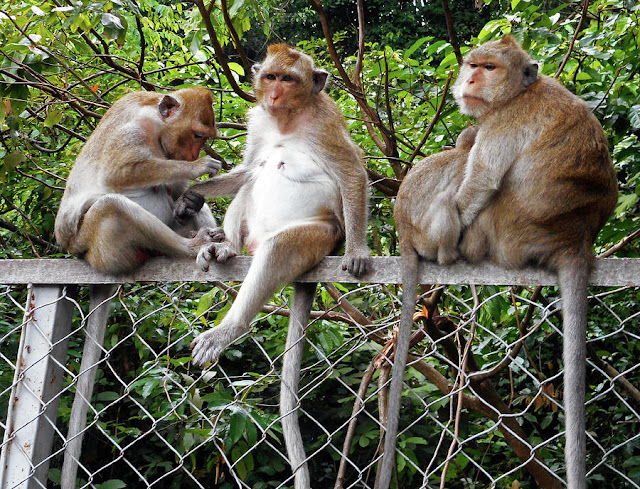Monkeys, the quintessential denizens of tropical forests and diverse habitats around the globe, are not just fascinating creatures because of their agility or intelligence but also for their rich and complex social lives. Delving into the culture of monkeys offers a window into intricate social structures, diverse communication methods, and intriguing traditions that vary across species and populations.
Social Structures: One of the defining features of monkey culture is their intricate social structures. Most species live in groups, ranging from small family units to large troops. Within these groups, hierarchies are established, often through dominance displays and interactions. These hierarchies dictate access to resources such as food and mates, with higher-ranking individuals enjoying privileges within the group.
Communication: Communication among monkeys is remarkably diverse and sophisticated. Vocalizations, gestures, facial expressions, and body postures are all employed to convey information and maintain social cohesion. Different species have evolved unique vocalizations and gestures tailored to their specific social dynamics and environments. For example, vervet monkeys have distinct alarm calls for different predators, indicating a nuanced understanding of their surroundings.
Traditions: Monkeys exhibit cultural traditions that can vary significantly between populations of the same species. These traditions encompass behaviors such as grooming rituals, tool usage, and dietary preferences. For instance, Japanese macaques have been observed washing sweet potatoes before eating them, a behavior that spread through social learning and is now considered a cultural tradition within certain groups.
Tool usage is another fascinating aspect of monkey culture. Some species, like capuchin monkeys, are known for using tools to extract food or perform tasks. These behaviors are not instinctual but rather learned and passed down through generations, highlighting the role of culture in shaping their behavior.
Furthermore, monkeys display forms of play, courtship rituals, and even mourning practices that underscore the complexity of their social and emotional lives. These cultural behaviors contribute to the resilience and adaptability of monkey populations, allowing them to thrive in a variety of environments.
Conservation Implications: Understanding the culture of monkeys is not merely an academic pursuit but also holds significant implications for conservation efforts. Recognizing the cultural diversity within monkey populations can inform conservation strategies tailored to specific groups or regions. Preserving habitats and minimizing human impact are crucial for safeguarding the social structures and traditions that are integral to monkey culture.
Exploring the culture of monkeys unveils a world of intricate social dynamics, diverse communication methods, and fascinating traditions. From complex hierarchies to innovative tool usage, monkeys demonstrate an impressive array of cultural behaviors that enrich our understanding of their lives. By studying and preserving these cultural practices, we can gain valuable insights into primate societies while also advocating for their conservation in an ever-changing world.

